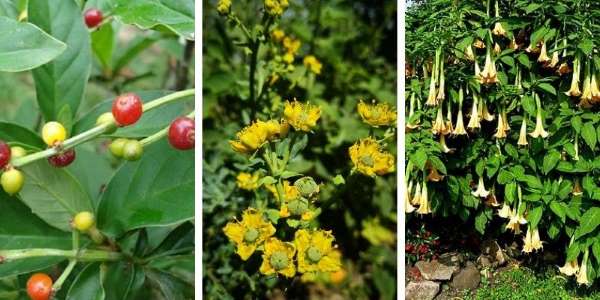
Master plants are plants used by shamans and healers to treat ailments and illnesses or to induce states of intimacy consciousness with the self.
In the Amazon, some master plants stand out such as ojé ( Ficus sp.), rue (Ruta graveolens), horsetail (Equisetum sp.), cat’s claw (Uncaria tomentosa), lemon verbena (Cymbopogon citratus), chuchuhuasi(Maytenus macrocarpa) and hierba santa (Cestrum hediondinum).
When referring to them, it is important to consider the level of fidelity, i.e., their widespread acceptance. Research conducted in Chimborazo, in Ecuador’s central highlands, determined in 2016 that the master plants are mostly the same as in the Amazon.
The two plants with greater fidelity are rue and hierba santa, used both in the highlands and in the Amazon of Peru and Ecuador, to purify the body and eliminate bad energies.
Most important Master Plants according to FAO
A 2015 FAO study notes that the four most important master and medicinal plants in the Peruvian Amazon are ayahuasca (Banisteropsis caapi), chiricsanango(Brunfelsia grandiflora), chacruna (Psychotria viridis) and toé(Bragmansia suavelens).
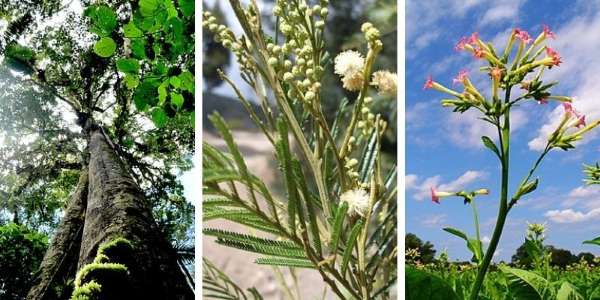
1. Ayahuasca or yagé(Banisteriopsis caapi).
The name ayahuasca comes from the Quechua aya, dead, and huasca, bejuco, rope: rope of the dead or death vine.
January 22, 2020

3 scientific studies on ayahuasca
December 14, 2019

Amazonian myths and legends about ayahuasca
November 5, 2019
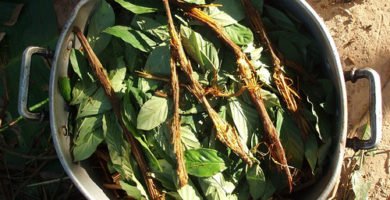
Ayahuasca – Rites, myths and truths behind Yagé and Chacruna
It is a plant that is distributed, in the wild, throughout the Amazon, the Orinoco basin and in the jungles of the western slopes of the Andes in Ecuador and Colombia.
It belongs to the genus Banisteriopsis, registered with that name in honor of John Banister, who died in 1692, which includes more than 100 species, some of which have psychoactive properties.
A vision of indigenous Amazonian culture would be incomplete without references to ayahuasca.
It has the shape of a creeper or vine and can wrap around a tree up to 15 m high. Its bark is smooth, greenish brown, and contains a concentration of alkaloids, among which harmine stands out.
Harmine and its alkaloid family, or dimethyltryptamine, are inhibitors of brain monoamine oxidase. Ayahuasca produces a feeling of euphoria and well-being and, if taken in pure form, can also cause hallucinations.
November 25, 2019
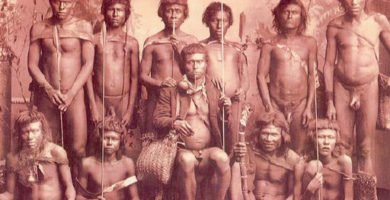
Amazonian Languages
October 5, 2019
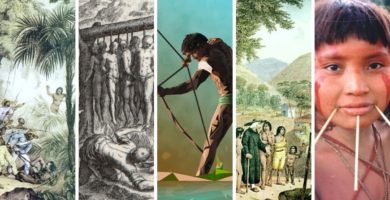
All the Indigenous Peoples of the Amazon Rainforest
October 5, 2019
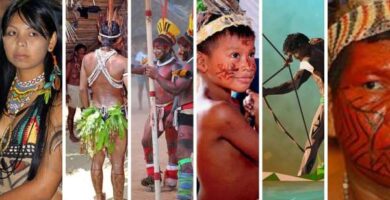
Amazon Rainforest Culture: Peoples, Cosmovision, Languages, Myths, and More
But in ritual practice ayahuasca is never used in pure form, but combined with leaves of another plant containing tryptamine alkaloids.
That complementary master plant is the chacruna(Psychotria viridis) or, in some parts, Diplopterys cobrerana.
The result is a hallucinogenic drink called by the same name, ayahuasca, which administered by a shaman, shaman or healer, is the most important ritual hallucinogenic drink among the Amazonian Indians.
An example of biopiracy was the unsuccessful attempt made with US patent 5751 in 1966 to appropriate a variety of ayahuasca.
In the rest of the countries of the Amazon basin, ayahuasca has other names such as yajé, yagué and natema, as is the case in the Ecuadorian Amazon.
One of the most knowledgeable scientists of this plant was Richard Evans Schultes, who qualified it as:
“the bejuco of visions, the bejuco of the soul, the most curious and celebrated plant of the Amazon.”
Richard Evans Schultes
2. Chacruna(Psicotria viridis)
Shrub with rounded trunk, whose fruits are small berries of intense red color when ripe.

It is usually mixed with ayahuasca (Banisteriopsis caapi) in the preparation of the drink also called ayahuasca.
The chacruna contains the molecule dymethyl tryptamine (DMT), analogous to serotonin.
The mixture of both plants allows the sensation of visions to whoever ingests it.
3. Chuchuhuasi or Chuchuhuasa,(Maytenus macrocarpa, M. laevis).
Tall tree, up to 20 to 30 m high, with a thick, erect and highly branched trunk and capsular fruit.

Source: Photographer: Kristi Denby / CC BY-SA
It grows in the sub-Andean basin of the Amazon basin of Colombia, Ecuador and Peru, and is abundant in the Putumayo River basin, where the Siona people use its bark macerated in brandy.
Its bark, reddish in color, as well as its roots, are considered aphrodisiacs and are, consequently, macerated in sugarcane brandy and sweetened with honey to be drunk for that purpose, apart from the many medicinal uses it has as a restorative, febrifuge and to cure arthrosis and rheumatism.
This master plant is also considered an effective antitumor and folk medicine recommends it to treat stomach cancer. They call it chuchuhuasi, chuchuhuaso, chugchuhuaso.
4. Lemon verbena (Cymbopogon citratus)

Plant native to Asia widely used in the Peruvian Amazon, both its leaves, in infusion, against malaria, and its root, chewed to soothe throat ailments and relieve dry coughs.
5. Holy grass or holy leaf(Cestrum hediondinum)
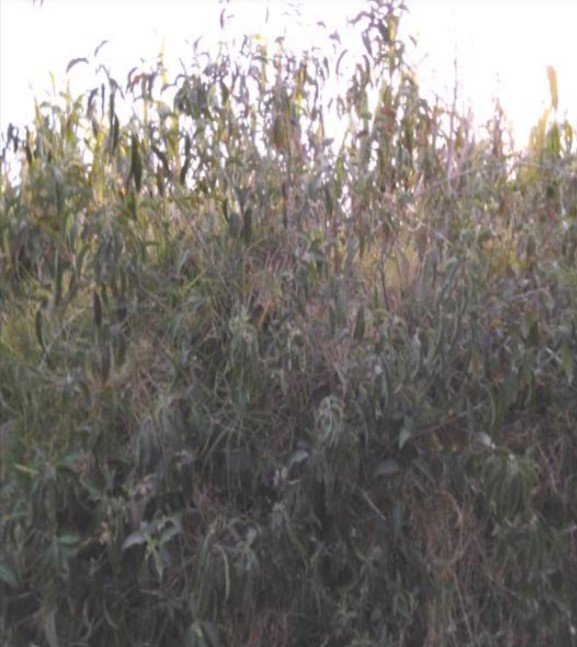
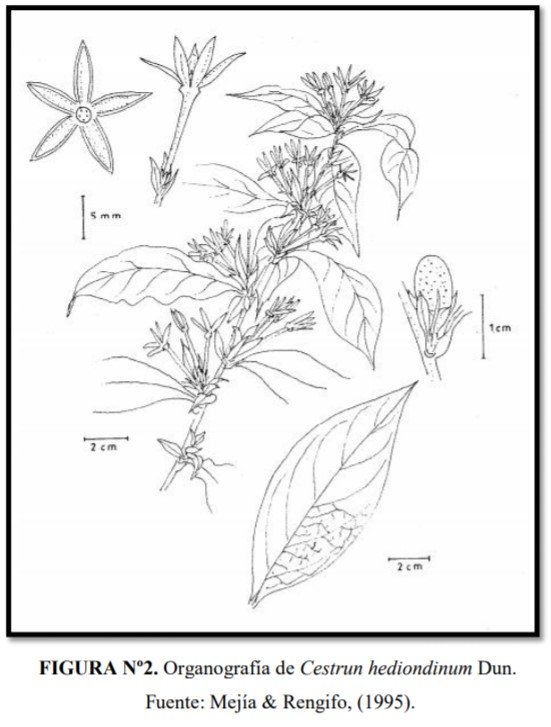
Shrub of the Solanaceae, up to 2.5 m high, with a stem that branches from its base. The infusion of its leaves is used as a depurative and to combat rheumatism and fever.
6. Rue(Ruta graveolens)
A small plant, 70 to 100 cm high, of the Rutaceae family, native to southern Europe, where it has been very popular since biblical times. It was introduced throughout the Amazon after the conquest and its use is now widely diversified in the region.

In South America there are many popular beliefs related to rue: in Paraguay and Argentina, for example, it is recommended to drink a cane drink with rue on the first of August to ward off the bad luck that this month of the year brings. In Chile it is said that if you plant rue at the entrance of your house you keep away bad feminine energies. In Peru it is also used to attract good luck.
Rue is used medicinally to treat stomach pains, eye conditions, vitiligo and leukoderma, varicose veins, hemorrhoids, parasitosis, gastrointestinal spasms and amenorrhea, among other diseases.
On the other hand, by promoting menstruation and uterine contractions, it is also a powerful abortifacient.
Its uses are many and varied, which is why it is considered one of the main master plants of the Amazon.
7. Tobacco(Nicotiana tabacum, N. glauca).
Solanaceous plant, of American origin, with straight stems, up to 2 m high, oval leaves with pronounced veins, considered in the Peruvian Amazon as a “master plant”, used by shamans to obtain wisdom, and by healers to heal.
It is tobacco, but it is a different variety of tobacco(Nicotiana tabacum), sown in plantations, which in Quechua is called sayri.
This is tupac sayri, or noble tobacco, which is a semi-cultivated or wild species of Nicotiana glauca, N. rustica, N. paniculata or another variety, which has leaves of a different shape and color from those of common tobacco.
The Indians consume tobacco by sniffing it through the nose after turning it into powder, drinking it diluted or swallowing it as a paste (ampiri), and hardly smoke it, except for cures.
It is an essential master plant on the farm, where it is planted by the men of the group, and not by the women, who are usually in charge of the maintenance of the farm.
Processed tobacco is part of the shamanic ritual, in which the shaman blows its smoke over the parts of the body he wants to heal.
In the markets, such as Belen, in Iquitos, cigars are sold, thin and hand-rolled in a rudimentary manner by women. Sometimes, tobacco is mixed with ground leaves of other plants such as mint.
8. Toé, maricahua, floripondio(Brugmansia suaveolens)
Amazonian shrub, of the Solanaceae family, up to 4 m tall, with oblong elliptical leaves that are cooked and crushed for use as a medicine against skin diseases and abscesses.
Its flowers, white, bell-shaped, about 20 cm long, aromatic, have hallucinogenic properties. It contains alkaloids such as scopolamine, atropine and others.
It enters, in some cases, as an ingredient in the preparation of ayahuasca, because it contains some substances with narcotizing properties that complement its hallucinogenic action.
For the shuar of the Ecuadorian Amazon, the maykua, that is, the toé, is a sacred plant, a gift from the gods. They crush the stems and tender leaves of the plant to extract a juice that they use as an invigoration ritual.
This master plant is also called floripondio, maykua (ECU), borrachero (COL), campanita (VEN), flor de campana (Puerto Rico, Cuba).
9. Uchu-sananga, uchu-sanango(Faramea anisocalyx)
Shrubby plant or small tree, whose bark, macerated in brandy, serves as an antirheumatic, febrifuge, emetic and antisyphilitic, and is also used as a master plant.
10. Yopo(Piptadenia peregrina, Anadenanthera peregrina)
Shrub or tree, a piperaceae, up to 12 m high, whose fruit is a legume 20 cm long.

Its fruit and leaves are used by the natives in the preparation of a hallucinogenic substance that, absorbed through the nasal mucosa, induces a psychological state called trance.
Under its influence, male members of some indigenous groups, such as the Piaroa of the Venezuelan Amazon, dance and sing without tiring.
The substance increases their strength and puts them in a trance, a state that allows them to communicate with spirits or hékuras.
That is why she is known as “The Spirit of the Forest”. It is taken only by men, using a long cane or yopero.
The taker places one end of the reed in his nostril while the other blows through the other end.
The yopo is actually a mixture of master plants that are added to the base plant, which is the Anadenanthera peregrina, Piptadenia peregrina), such as Bucnenavia parvifolia (which the Piaroa call punaeki), Pinzona coriaceae (tuwowipo for the bare), Astrocaryum sp. (duyaeri, bare) and Banisteriopsis caapi (tuwipae, bare), a Peruvian ayahuasca plant.

Dr. Rafael Cartay is a Venezuelan economist, historian, and writer best known for his extensive work in gastronomy, and has received the National Nutrition Award, Gourmand World Cookbook Award, Best Kitchen Dictionary, and The Great Gold Fork. He began his research on the Amazon in 2014 and lived in Iquitos during 2015, where he wrote The Peruvian Amazon Table (2016), the Dictionary of Food and Cuisine of the Amazon Basin (2020), and the online portal delAmazonas.com, of which he is co-founder and main writer. Books by Rafael Cartay can be found on Amazon.com
Related Posts
May 13, 2024
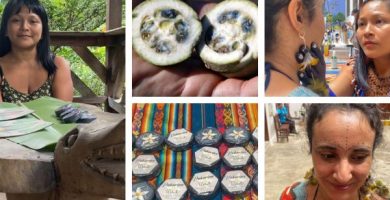
12 reasons why using wituk (Genipa americana)
July 20, 2022

Cashew Nut (Anacardium occidentale L.): the memory ally
September 16, 2020
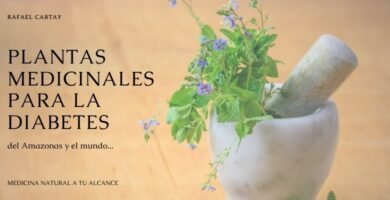
Medicinal herbs for diabetes (+20)
September 14, 2020

Purple Lantana – Cariaquito or Ayamanchana (Lantana trifolia)
August 31, 2020
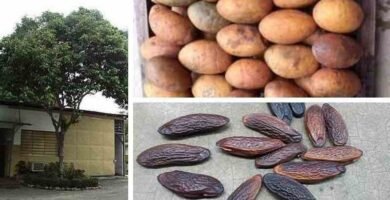
Sarrapia (Diphysa punctata) origin of a powerful natural anticoagulant.
August 29, 2020
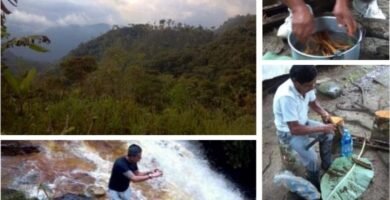
The Ayahuasca Failure Part II
August 27, 2020

The Ayahuasca Failure (Part I)
August 18, 2020
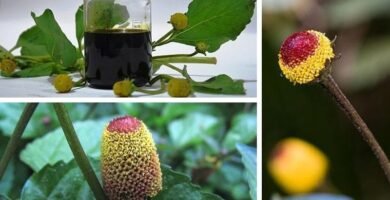
Buzz buttons (Acmella oleracea) the toothache reliever plant
March 15, 2020
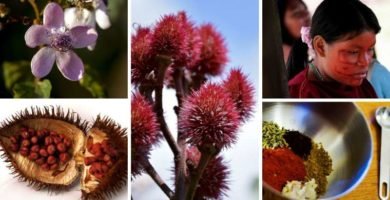
Achiote or onoto (Bixa orellana): indigenous “Seed of Fire”
This post is also available in:
![]() Español (Spanish)
Español (Spanish)


